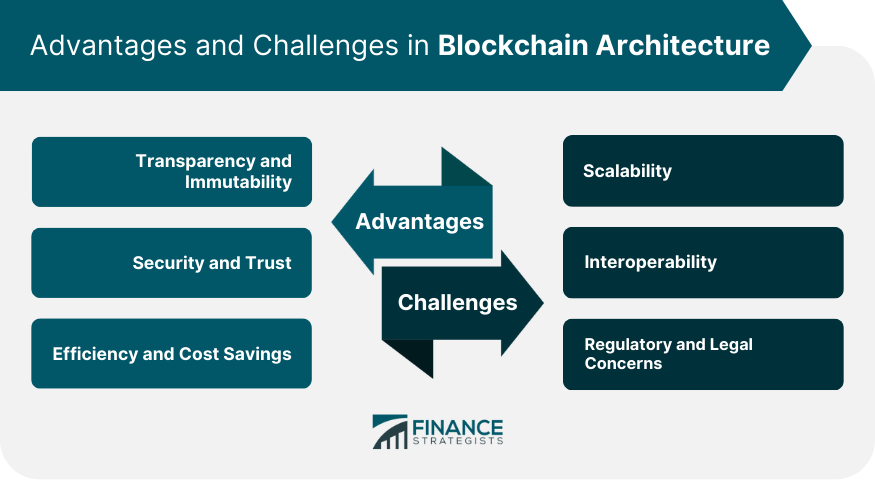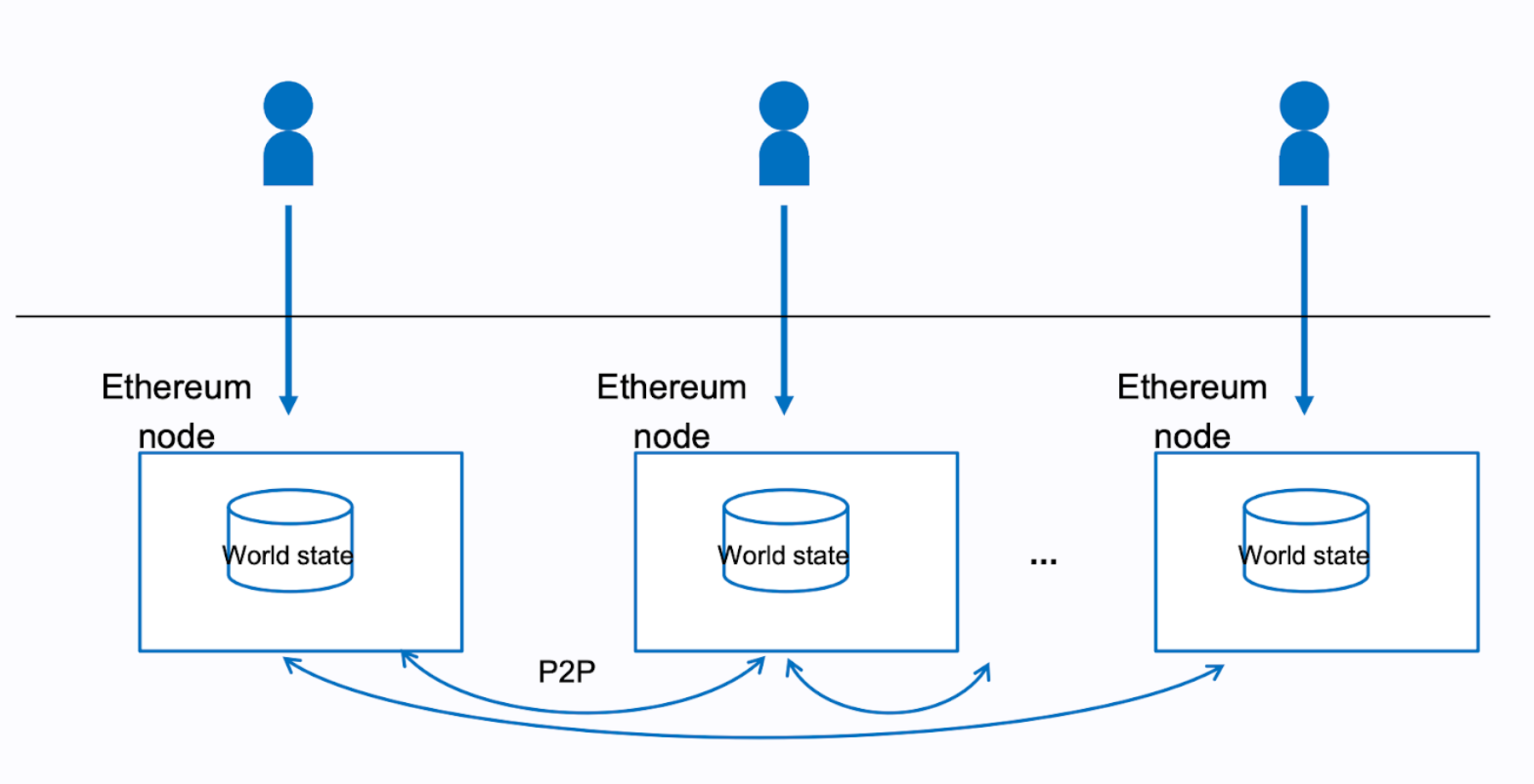In today’s digital landscape, understanding what is a blockchain architect becomes increasingly essential as organizations seek innovative solutions to complex problems. Blockchain technology is transforming various industries, making the role of the blockchain architect pivotal in ensuring that these systems are designed and implemented effectively. This professional not only grasps the intricacies of blockchain but also plays a crucial part in shaping its future through robust architectural decisions.
A blockchain architect is responsible for designing blockchain systems, ensuring they are scalable, secure, and aligned with business goals. With their expertise in consensus mechanisms and decentralization, they guide projects from concept to execution, addressing challenges and leveraging opportunities in this rapidly evolving field. Their role is both technical and strategic, requiring a blend of engineering know-how and visionary thinking.
Understanding Blockchain Architecture
Blockchain technology serves as the backbone of cryptocurrencies and numerous applications beyond financial transactions. Understanding its architecture is crucial for grasping how blockchain maintains security, transparency, and decentralization. The fundamental components of blockchain include nodes, ledgers, transactions, and consensus mechanisms, all working together to create a reliable system.
Fundamental Components of Blockchain Technology
At its core, blockchain is made up of several essential components:
- Nodes: These are computers that participate in the network, maintaining a copy of the blockchain and facilitating transactions.
- Transactions: Any transfer of data or assets that is recorded on the blockchain.
- Ledger: A distributed ledger that records all transactions in a secure and immutable manner.
- Consensus Mechanisms: Protocols that ensure all nodes agree on the validity of transactions, crucial for maintaining trust within the network.
Role of Consensus Mechanisms in Blockchain Architecture
Consensus mechanisms are vital for validating transactions and ensuring that all nodes have the same version of the blockchain. They help prevent problems like double-spending and fraud. Various methods, such as Proof of Work (PoW) and Proof of Stake (PoS), are used to achieve consensus, each with its own advantages and trade-offs.
Importance of Decentralization in Blockchain Systems
Decentralization is a key principle in blockchain architecture. By distributing control across multiple nodes, blockchain reduces the risk of a single point of failure and enhances security. It also fosters transparency and trust among users, as no single entity can manipulate the data without consensus.
Role of a Blockchain Architect
A blockchain architect plays a crucial role in the design and implementation of blockchain solutions. They are responsible for creating a robust architecture that meets the specific needs of a project while ensuring scalability, security, and interoperability.
Primary Responsibilities of a Blockchain Architect
Blockchain architects have several critical responsibilities, including:
- Designing the technical architecture of blockchain solutions.
- Analyzing user requirements and translating them into technical specifications.
- Collaborating with developers and stakeholders to ensure alignment on project goals.
- Identifying potential risks and security issues within the architecture.
Skills and Qualifications Necessary for a Blockchain Architect
To excel in this role, a blockchain architect should possess:
- Strong knowledge of blockchain technology and its underlying principles.
- Proficiency in programming languages such as Solidity, Java, or Python.
- Experience with distributed systems and databases.
- Excellent problem-solving skills and the ability to think critically.
Key Challenges Faced by Blockchain Architects
Blockchain architects often encounter several challenges in their projects:
- Managing scalability issues as user demand grows.
- Ensuring security against evolving threats and vulnerabilities.
- Navigating regulatory compliance across different jurisdictions.
- Integrating blockchain solutions with existing systems.
Design Principles in Blockchain Architecture
Design principles are essential in guiding the development of effective blockchain solutions. These principles ensure that the architecture is robust, scalable, and user-friendly.
Overview of Design Principles
Key design principles include:
- Modularity: Designing components to be interchangeable and reusable.
- Scalability: Ensuring the system can handle increased loads without performance degradation.
- Interoperability: Designing for compatibility with other systems and networks.
Importance of Scalability and Performance in Blockchain Solutions
Scalability and performance are critical for the success of blockchain applications. As user adoption increases, systems must handle higher transaction volumes without slowing down. Solutions like layer-2 scaling and sharding are being explored to address these concerns.
Comparison of Different Blockchain Architectures
Different blockchain architectures serve various use cases. The following table Artikels the characteristics of public, private, and consortium blockchains:
| Architecture | Access | Examples | Use Cases |
|---|---|---|---|
| Public Blockchain | Open for anyone | Bitcoin, Ethereum | Cryptocurrencies, Decentralized Apps |
| Private Blockchain | Restricted to specific users | Hyperledger, Quorum | Enterprise Solutions, Supply Chain |
| Consortium Blockchain | Controlled by a group | R3 Corda, IBM Blockchain | Financial Services, Joint Ventures |
Tools and Technologies for Blockchain Architects

Choosing the right tools and technologies is crucial for blockchain architects to develop efficient solutions. These tools help streamline the development process and enhance collaboration among team members.
Essential Tools Used by Blockchain Architects

A variety of tools are essential in the blockchain development process, including:
- Development Frameworks: Such as Truffle and Hardhat, for smart contract development.
- Blockchain Explorers: Tools like Etherscan for monitoring blockchain transactions.
- Integrated Development Environments (IDEs): Tools like Remix for coding smart contracts.
Programming Languages Commonly Utilized in Blockchain Development
Blockchain development often requires knowledge of specific programming languages:
- Solidity: Primarily used for writing smart contracts on Ethereum.
- Go: Popular for building blockchain platforms like Hyperledger Fabric.
- JavaScript: Used for developing decentralized applications (DApps).
Comparison of Various Blockchain Platforms and Their Features
Different blockchain platforms offer unique features and capabilities. The following table compares a few popular platforms:
| Platform | Type | Key Features |
|---|---|---|
| Ethereum | Public | Smart contracts, DApps, Large developer community |
| Hyperledger Fabric | Private | Modular architecture, Permissioned access, Enterprise-grade |
| Cardano | Public | Proof of Stake, Focus on sustainability, Academic approach |
Future Trends in Blockchain Architecture
The landscape of blockchain technology is rapidly evolving, with emerging trends set to shape its future architecture. Understanding these trends is essential for architects and developers.
Emerging Trends and Technologies
Key trends include:
- Integration of Artificial Intelligence (AI) for enhanced decision-making capabilities.
- Increased use of cross-chain solutions for better interoperability.
- Development of decentralized finance (DeFi) applications.
Potential Future Applications of Blockchain in Various Industries
Blockchain has the potential to revolutionize numerous industries:
- Healthcare: Secure sharing of patient data and medical records.
- Supply Chain: Enhanced traceability of products from origin to consumer.
- Voting: Secure and transparent voting systems to increase voter trust.
Implications of Quantum Computing for Blockchain Security
Quantum computing poses potential risks to blockchain security, particularly in cryptography. As quantum computers become more powerful, traditional cryptographic algorithms may become vulnerable. This necessitates the development of quantum-resistant blockchain architectures, ensuring data security against future threats.
Case Studies of Successful Blockchain Architectures
Examining successful implementations can provide valuable insights into effective blockchain architecture. Several projects have demonstrated the capabilities of blockchain in real-world applications.
Examples of Successful Blockchain Implementations
Highlighted case studies include:
- IBM Food Trust: A consortium blockchain improving transparency in the food supply chain.
- Everledger: A private blockchain for tracking the provenance of diamonds.
- De Beers: Using blockchain to enhance transparency and traceability in diamond sourcing.
Architectural Decisions in Notable Blockchain Projects

Key architectural decisions that shaped these projects often include:
- Choosing the right consensus mechanism to balance speed and security.
- Implementing privacy features to protect sensitive data.
- Designing for interoperability with existing systems.
Lessons Learned from Specific Case Studies
From these case studies, several lessons emerge:
- Collaboration among stakeholders is key to successful implementation.
- Regulatory compliance should be integral to the design process.
- Scalability must be considered from the outset to accommodate future growth.
Closing Summary
In summary, the position of a blockchain architect is vital as businesses look to harness the power of blockchain technology. By understanding the core principles of blockchain architecture and leveraging the right tools, these professionals can create systems that are not only functional but also future-ready. As the landscape continues to evolve, the insights and expertise of blockchain architects will be indispensable in navigating the complexities of this transformative technology.
Clarifying Questions
What skills are essential for a blockchain architect?
A blockchain architect should possess strong programming skills, understanding of blockchain protocols, and excellent problem-solving abilities.
What industries can benefit from blockchain architecture?
Industries such as finance, healthcare, supply chain, and logistics can significantly benefit from blockchain applications.
What are common challenges faced by blockchain architects?
Common challenges include ensuring security, managing scalability, and addressing regulatory compliance.
How does a blockchain architect differ from a blockchain developer?
A blockchain architect focuses on the design and structure of blockchain systems, while a blockchain developer primarily writes and maintains the code.
What tools do blockchain architects typically use?
Blockchain architects often use tools like Hyperledger, Ethereum, and various programming languages such as Solidity and JavaScript.


